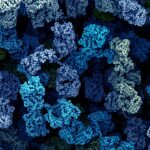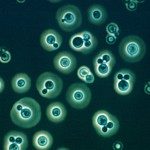Link to Pubmed [PMID] – 39535700
Link to DOI – 10.1007/978-1-0716-4176-7_1
Methods Mol Biol 2025 ; 2863(): 3-12
Messenger RNA stability is an important variable in gene expression and its dynamics. High stability ensures a constant level of synthesized protein, whereas mRNA instability can be critical for regulatory processes in which protein production needs to be stopped, such as development, inflammation, or adaptation to stress. Accurate measurements of RNA degradation rates are important for understanding how RNA features and RNA binding proteins affect the posttranscriptional life of an mRNA. As an alternative to global transcriptional inhibition methods, the use of a Tet-off repressible promoter has the advantage that cells are minimally perturbed by the addition of doxycyclin during the assay. We illustrate the use of a reporter mRNA expressed from a plasmid in Saccharomyces cerevisiae cells, but similar methods can be applied to other regulated promoters, on plasmids or by genome editing, and in other organisms. RNA levels are measured by reverse transcription followed by quantitative PCR. An exponential decay law is then used to estimate how well the measurements follow this expected trend for the simplest possible mechanism of RNA degradation, where the decay is proportional to the amount of RNA present at any given time.


